The ultimate guide to margin trading
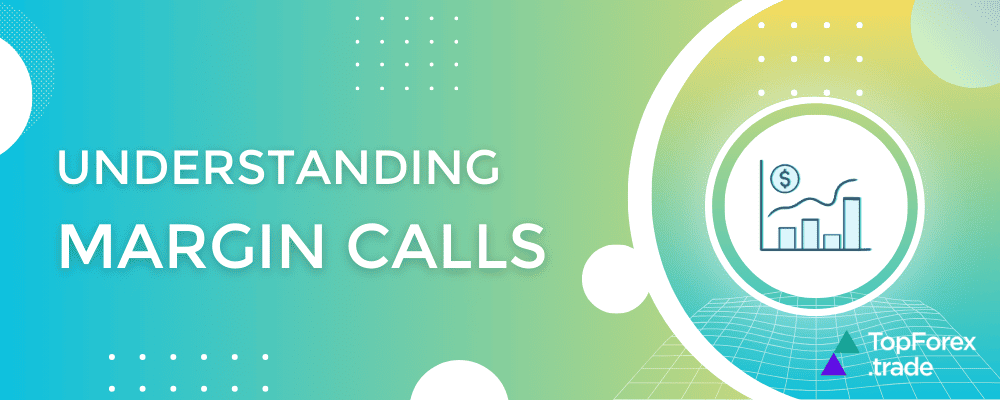
Margin trading refers to the practice of borrowing funds from a broker to purchase securities or other financial instruments. This method allows traders to buy more assets than they could with their available capital alone, thereby amplifying potential profits. However, it also increases the potential for losses, making it a double-edged sword that requires careful management and understanding.
In a margin trading setup, the trader’s account serves as collateral for the loan provided by the broker. The trader is required to deposit an initial amount, known as the initial margin, which is a percentage of the total trade value. The borrowed funds are then used to execute larger trades, providing the trader with increased market exposure.
Key Characteristics of Margin Trading:
- Increased purchasing power: Traders can control larger positions with a relatively small amount of their capital.
- Amplified profits and losses: Gains can be significantly higher compared to regular trading, but losses can also exceed the initial investment.
- Interest charges: Borrowed funds incur interest charges, which the trader must pay to the broker.
- Margin requirements: Brokers set specific requirements and regulations that traders must adhere to maintain their margin accounts.
How margin trading works

1. Opening a Margin account:
To engage in margin trading, a trader must open a margin account with a broker. This account differs from a standard cash account as it allows for the borrowing of funds.
The trader must meet certain eligibility criteria and agree to the terms and conditions set by the broker, including understanding the risks involved.
2. Depositing the initial margin:
The trader deposits the initial margin, which is a percentage of the total trade value. For example, if the initial margin requirement is 50%, and the trader wants to purchase $10,000 worth of securities, they need to deposit $5,000, while the remaining $5,000 is borrowed from the broker.
3. Executing trades:
With the increased capital, the trader executes trades aiming to profit from market movements.
Profits from successful trades can be substantial due to the larger position size. Conversely, losses are also magnified.
4. Maintaining the margin account:
Traders must maintain a maintenance margin, which is the minimum account balance required to keep positions open.
If the account value falls below the maintenance margin due to adverse market movements, the broker may issue a margin call, requiring the trader to deposit additional funds or liquidate positions to cover the shortfall.
5. Closing positions and repaying the Loan:
When the trader decides to close their positions, the securities are sold, and the borrowed funds are repaid along with any accrued interest.
The remaining balance, including profits or losses, belongs to the trader.
Example scenario:
A trader has $5,000 and wants to purchase $10,000 worth of stock.
Using margin trading with a 50% initial margin requirement, they borrow $5,000 from the broker.
If the stock price increases by 10%, the position is now worth $11,000.
After repaying the $5,000 loan, the trader has $6,000, realizing a $1,000 profit (a 20% return on the original $5,000 investment).
If the stock price decreases by 10%, the position is worth $9,000, leading to a $1,000 loss (a 20% loss on the original investment).
The role of leverage in margin trading

Leverage is a fundamental concept in margin trading, representing the ratio of borrowed funds to the trader’s own capital. It enables traders to control larger positions with a smaller amount of personal funds, thereby magnifying both potential profits and losses.
A leverage ratio is typically expressed as a proportion or multiple, such as 2:1, 5:1, or 10:1. For example, a 2:1 leverage ratio means that for every $1 of the trader’s capital, they can trade $2 worth of assets.
With leverage, traders can participate in larger trades and potentially earn higher returns. Also, it allows for diversification across multiple positions without requiring substantial capital upfront.
Risks of trading with leverage:
- Amplified losses: Losses are proportionally larger, and traders can lose more than their initial investment.
- Margin calls: High leverage increases the likelihood of margin calls if the market moves against the trader’s positions.
- Interest costs: Borrowed funds accrue interest, adding to the cost of trading and affecting overall profitability.
Calculating leverage:
Leverage Ratio = Total Value of Position / Equity
Example: If a trader has $1,000 in equity and takes a position worth $5,000, the leverage ratio is 5:1.
Leverage is a powerful tool in margin trading that can significantly enhance trading outcomes. However, it requires careful management and a thorough understanding of the associated risks. Responsible use of leverage involves prudent risk management strategies and continuous monitoring of market positions.
Different kinds of margins explained
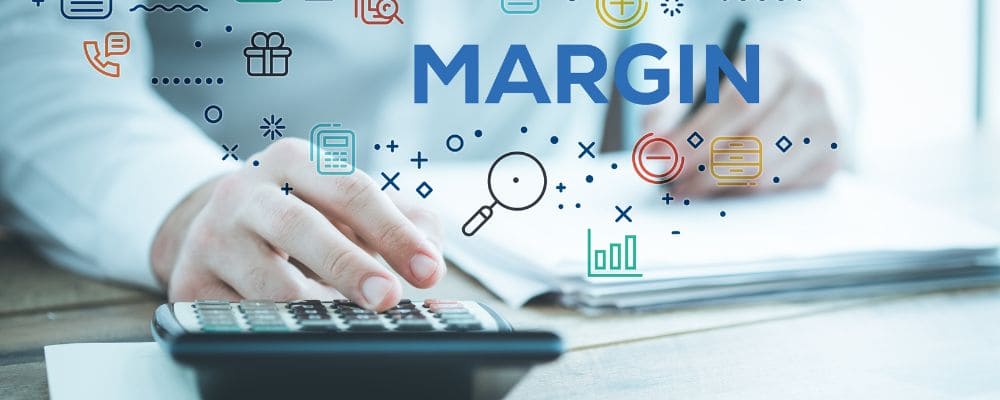
Initial margin:
The initial margin is the minimum amount of capital that a trader must deposit to open a leveraged position. It acts as a security deposit to cover potential losses and is usually expressed as a percentage of the total trade value.
It ensures that the trader has sufficient funds to cover potential losses and protects the broker from excessive risk.
The required initial margin varies depending on the broker, the type of asset being traded, and regulatory requirements. Higher-risk assets typically have higher initial margin requirements.
Example:
If a trader wants to purchase $20,000 worth of stocks and the initial margin requirement is 50%, they must deposit $10,000 of their own funds, borrowing the remaining $10,000 from the broker.
Maintenance Margin:
The maintenance margin is the minimum amount of equity that must be maintained in a margin account after the position has been opened. It ensures that the account has sufficient collateral to cover ongoing potential losses.
It acts as a threshold to trigger a margin call if the account equity falls below this level, prompting the trader to deposit additional funds or liquidate positions to restore the required margin level.
Maintenance margin requirements are set by brokers and regulatory bodies and may vary depending on market conditions and the volatility of the traded assets.
Example:
Continuing from the previous example, if the maintenance margin is set at 30%, the trader must maintain at least $6,000 in equity in their account. If the account equity drops below this level due to adverse market movements, a margin call will be issued.
- Tools for monitoring margins:
Margin calculators are provided by brokers to help traders calculate required margins for various positions.
Account Statements that are regular updates on account equity, margin levels, and potential margin calls.
Automated alerts can inform traders when their margin levels approach critical thresholds.
Margin call explained in detail
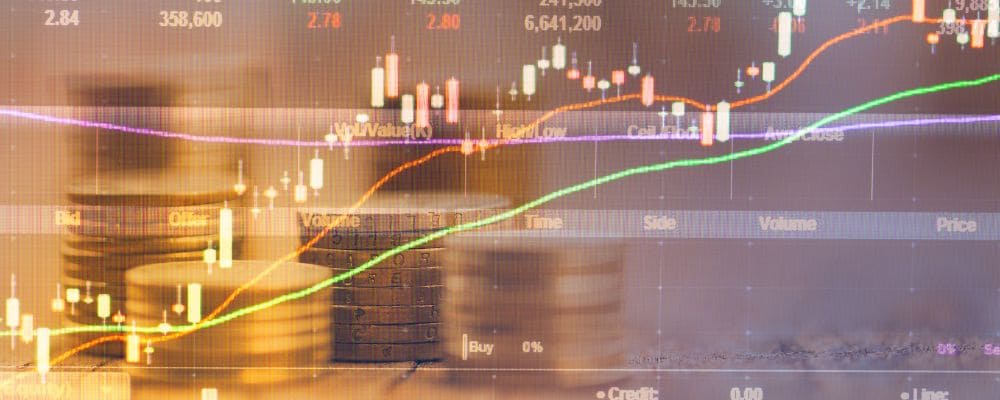
A margin call is a demand from a broker requiring a trader to deposit additional funds or securities into their margin account to restore it to the minimum required level, known as the maintenance margin.
This occurs when the equity in the trader’s margin account falls below the broker’s required maintenance margin due to adverse market movements. Essentially, a margin call is a warning that the trader’s account balance has dipped too low, and immediate action is needed to avoid further financial losses.
Margin calls occur when the value of the assets in a margin account decreases to a point where the trader’s equity falls below the maintenance margin requirement. This can happen due to:
- Market volatility: Significant and rapid price declines in the securities or assets held in the margin account can reduce the account’s equity quickly.
- Leverage: High leverage amplifies both gains and losses. Even a small adverse movement in asset prices can deplete the equity, triggering a margin call.
- Insufficient monitoring: Traders who fail to regularly monitor their margin levels may not realize their account is nearing the margin call threshold, especially in volatile markets.
Example:
A trader has $10,000 in equity and borrows $10,000 from the broker to buy $20,000 worth of stock.
If the stock’s value drops to $15,000, the trader’s equity falls to $5,000.
Assuming a maintenance margin requirement of 30%, the trader needs at least $4,500 in equity (30% of $15,000) to avoid a margin call. Since the equity is above this level, no margin call occurs.
However, if the stock value drops further, a margin call will be issued.
Brokers play a crucial role in margin trading by setting margin requirements and monitoring the trader’s account balance. When the equity in the account falls below the maintenance margin, the broker automatically issues a margin call. This notification requires the trader to take immediate action to restore the account balance. Brokers may contact the trader directly via phone, email, or automated alerts through their trading platform.
If the trader fails to respond to the margin call, the broker has the right to liquidate the trader’s positions, selling off assets to bring the account back to the required margin level. This forced liquidation can happen without the trader’s consent, often at unfavorable prices, further exacerbating losses.
Consequences of a margin call
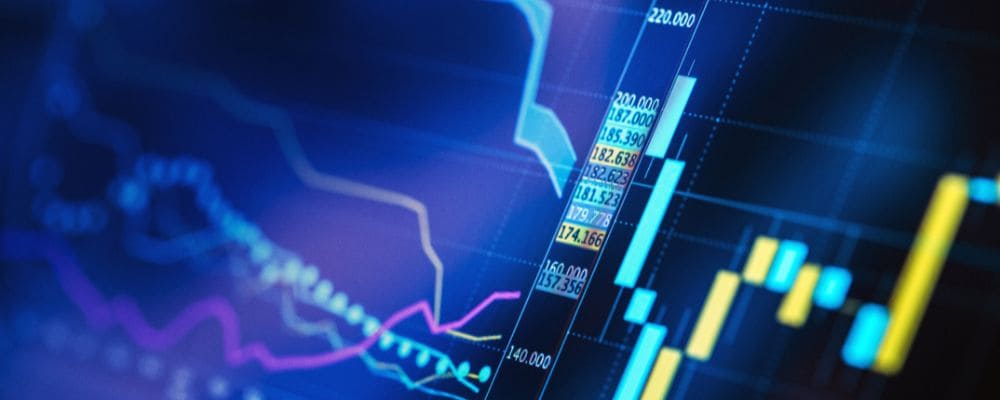
When a margin call is issued, the trader must promptly address the shortfall by:
1. Depositing additional funds: The trader can deposit more money into their margin account to increase the equity and meet the required maintenance margin.
2. Adding securities: Alternatively, the trader can transfer additional securities to the margin account as collateral.
3. Selling assets: The trader may choose to sell some of the assets in their account to reduce the borrowed amount and restore the margin balance.
Potential outcomes of a margin call
- Depositing more funds:
Positive Outcome: By adding more capital, the trader can avoid forced liquidation and continue holding their positions.
Risk: If the market continues to move against the trader, further losses may occur, potentially leading to additional margin calls.
- Selling assets:
Positive outcome: Selling assets can quickly restore the margin balance, preventing forced liquidation.
Risk: The trader may be forced to sell assets at a loss, potentially missing out on future recovery in asset prices.
- Forced Liquidation:
If the trader fails to meet the margin call, the broker will liquidate positions to restore the account balance. This is typically done at the current market price, which may result in significant losses, especially in volatile markets.
How to avoid margin calls

Regular monitoring of account balances and market positions is essential for avoiding margin calls. Traders should keep a close eye on their equity levels, especially during periods of high market volatility. Tools such as real-time account tracking and margin calculators can help traders stay informed about their margin status.
Strategies to manage and reduce risk
1. Use lower leverage: Reducing leverage can lower the risk of margin calls by decreasing the impact of adverse market movements on the trader’s equity.
2. Diversify investments: Diversifying the portfolio across different asset classes can mitigate the risk of significant losses in any single investment.
3. Set stop-loss orders: Implementing stop-loss orders can automatically close positions when they reach a certain loss threshold, preventing further losses and helping maintain the required margin.
4. Maintain a margin buffer: Keeping extra funds in the margin account as a buffer can help absorb market volatility and prevent margin calls.
5. Regularly review positions: Regularly reviewing and rebalancing the portfolio can ensure that the positions align with the trader’s risk tolerance and margin requirements.
Tips for maintaining sufficient margin
- Avoid overleveraging: Only use leverage that aligns with your risk tolerance and market conditions.
- Monitor market conditions: Stay informed about market trends and potential volatility, which can impact the value of your positions.
- Adjust positions as needed: Be proactive in adjusting positions if the market moves unfavorably or if the margin level gets too close to the maintenance threshold.
- Use alerts: Set up alerts to notify you when your margin level approaches critical thresholds, allowing for timely intervention.
Tools and alerts to help prevent margin calls
- Margin calculators: These tools help traders calculate the margin required for different positions and assess the impact of potential market movements on their margin levels.
- Automated alerts: Many trading platforms offer automated alerts that notify traders when their margin level falls below a certain percentage, enabling them to take corrective action before a margin call is issued.
- Account monitoring tools: Real-time account monitoring tools provide up-to-date information on account equity, margin levels, and potential risks, helping traders stay informed and avoid margin calls.
Understanding what a margin call is and the potential consequences is critical for any trader using margin. By implementing strategies to monitor account balances, manage risk, and maintain sufficient margin, traders can significantly reduce the likelihood of margin calls and the associated risks. Responsible margin trading, coupled with the right tools and practices, can help traders navigate the complexities of leveraged trading with greater confidence and security.
Best Forex and CFD brokers to trade with leverage
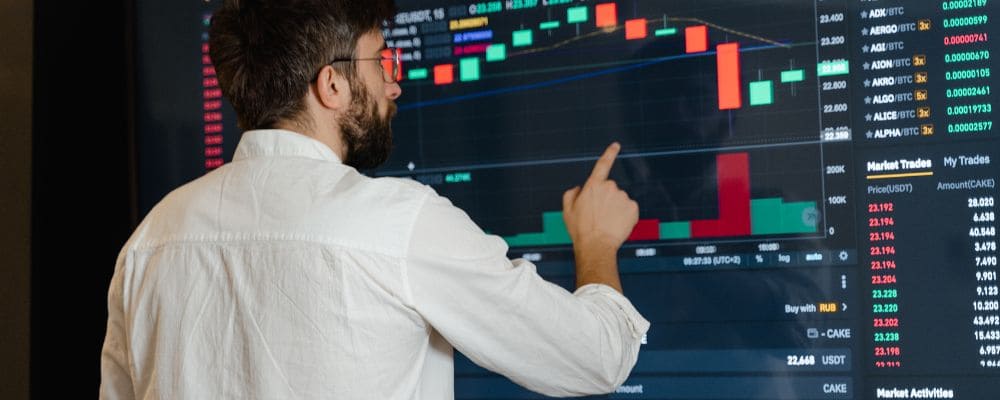
In the complex world of margin trading, the choice of broker can significantly impact a trader’s success and ability to manage risk. Partnering with trusted brokers like ones mentioned below offers traders access to advanced tools, competitive leverage, educational support, and transparent margin policies, all of which are essential for minimizing the risk of margin calls and maximizing trading opportunities. By choosing a reliable broker, traders can navigate the challenges of margin trading with greater confidence and security, ensuring that they can capitalize on market opportunities while effectively managing their risk.
AvaTrade: comprehensive tools and transparent policies
AvaTrade is a globally recognized broker known for its user-friendly trading platforms and comprehensive tools. With AvaTrade, traders benefit from advanced risk management features, including margin calculators and automated alerts that help monitor margin levels. The broker is also transparent about its margin requirements, ensuring that traders are well-informed about the necessary margin levels to avoid unexpected margin calls. AvaTrade’s strong educational resources, including tutorials and market analysis, empower traders to make informed decisions and manage their risk effectively.
eToro: social trading and robust risk management
eToro is a leader in social trading, offering a unique platform where traders can copy the strategies of successful investors. This feature is particularly beneficial for those new to margin trading, as it allows them to learn from experienced traders while managing their risk. eToro provides a highly intuitive platform with robust risk management tools, including stop-loss orders and real-time alerts, which help traders maintain sufficient margin and avoid margin calls. Additionally, eToro’s transparent margin policies and competitive leverage options make it an attractive choice for both novice and experienced traders.
XM: flexible leverage and educational support
XM is renowned for offering flexible leverage options that cater to different trading styles and risk appetites. This flexibility allows traders to manage their leverage carefully, reducing the likelihood of overleveraging and margin calls. XM also provides a wealth of educational resources, including webinars and in-depth market analysis, which help traders understand the complexities of margin trading and develop strategies to maintain sufficient margin levels. The broker’s commitment to transparency and customer support ensures that traders have the guidance they need when navigating volatile markets.
HF Markets: innovative risk management and excellent support
HF Markets, also known as HotForex, stands out for its innovative risk management features. The broker offers negative balance protection, ensuring that traders never lose more than their initial investment—a critical feature for those trading on margin. HF Markets also provides margin closeout protocols, which automatically close positions to prevent account balances from falling into negative territory. This proactive approach to risk management helps traders avoid the worst consequences of margin calls. Coupled with excellent customer support and a user-friendly platform, HF Markets is a strong choice for traders looking to manage margin effectively.
Exness: advanced technology and competitive trading conditions
Exness is known for its advanced trading technology and competitive trading conditions. The broker offers sophisticated tools for monitoring and managing margin, including real-time account tracking and automated alerts that notify traders when their margin levels approach critical thresholds. Exness also provides flexible leverage options and transparent margin policies, allowing traders to tailor their trading strategies according to their risk tolerance. With its focus on cutting-edge technology and strong risk management features, Exness helps traders minimize the risk of margin calls while maximizing trading opportunities.
When trading on margin, the choice of broker can greatly influence your trading experience and success. AvaTrade, eToro, XM, HF Markets, and Exness each offer unique advantages, from robust platforms and innovative risk management tools to flexible leverage and comprehensive educational resources. By selecting a broker that aligns with your trading style and risk tolerance, you can effectively manage margin, avoid margin calls, and capitalize on market opportunities with greater confidence.
Related articles:
Understanding trading with leverage and margin calls - FAQ